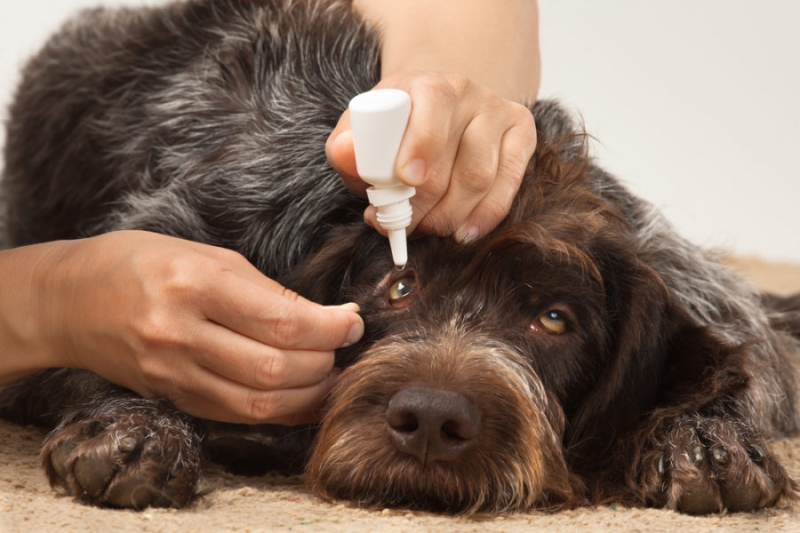Does my pet have conjunctivitis?
Conjunctivitis is a common form of inflammation or infection found in humans, caused by cold and herpes simplex viruses. However, did you know your dog – and even your cat – can get it too?
Believe it or not, your pet can be just as vulnerable to getting conjunctivitis, or pink eye, as the human members of your family.
It’s important to note that any dog or cat can get conjunctivitis. Breeds with tendencies towards allergies and autoimmune skin conditions are often more susceptible, but it can occur either as a primary cause – such as a bacterial condition, or secondary to eye diseases, trauma, and cancer.
The symptoms of conjunctivitis are quite pronounced. Your pet might be squinting or blinking frequently, have redness in the moist tissues of their eyes, be presenting with discharge or swelling, or have follicles forming in either eye.
Your vet will first look for evidence of other ocular diseases, before completing a thorough eye examination. Some vets add a fluorescein stain to the eye to highlight any imperfections under light such as scratches, foreign matter, or ulcers, and will also check for anything that could be lodged in their eyelids.
If it’s deemed necessary, your vet may complete a glaucoma test, a culture on the eye discharge, a biopsy of the conjunctiva cells, and a skin test should it be suspected that allergies might be to blame. Some vets may also carry out a nasal cavity flush to pick up any instances of discharge, or a dry-eye test, as well.
It’s important to take your pet to the vet if it’s suffering from any eye irritation. If conjunctivitis is the official diagnosis, you should notice a rapid response to treatment within two to three days and a return to full health within two weeks.

